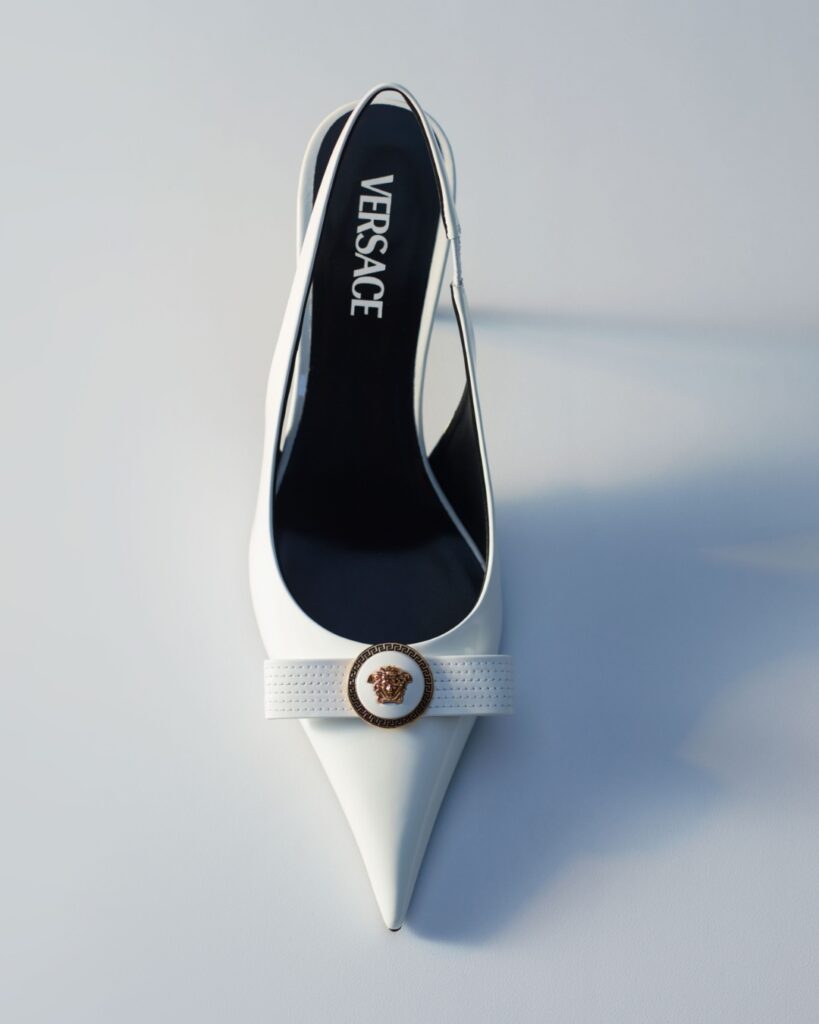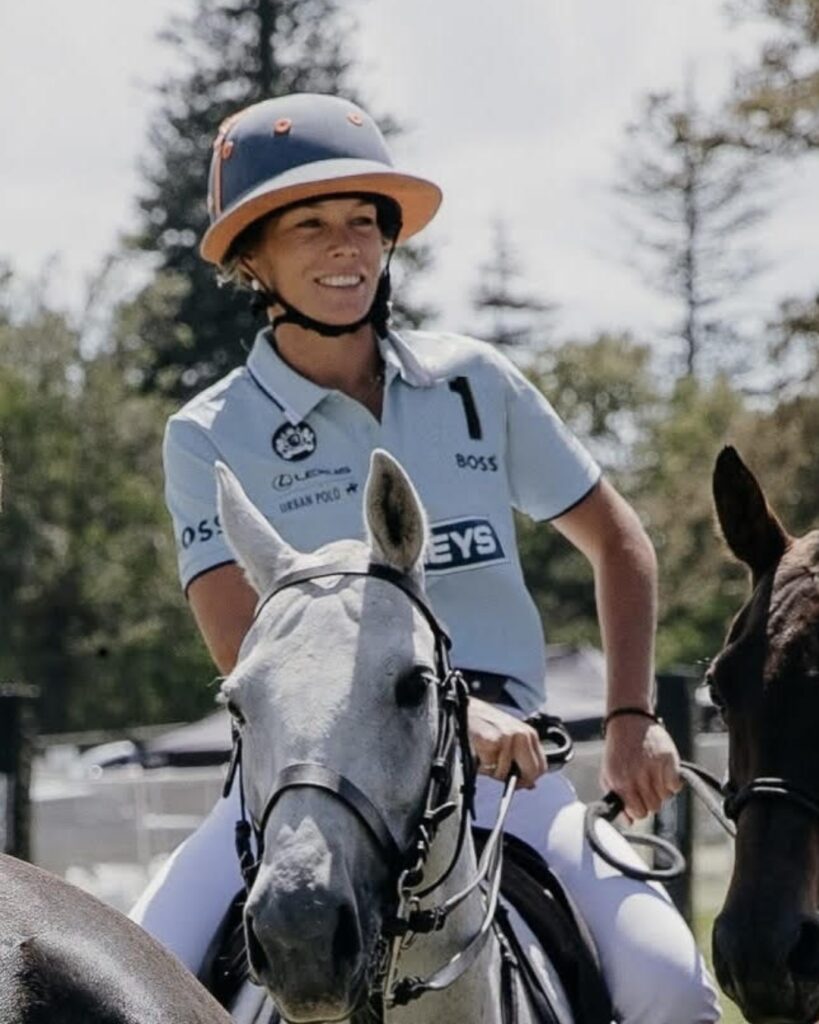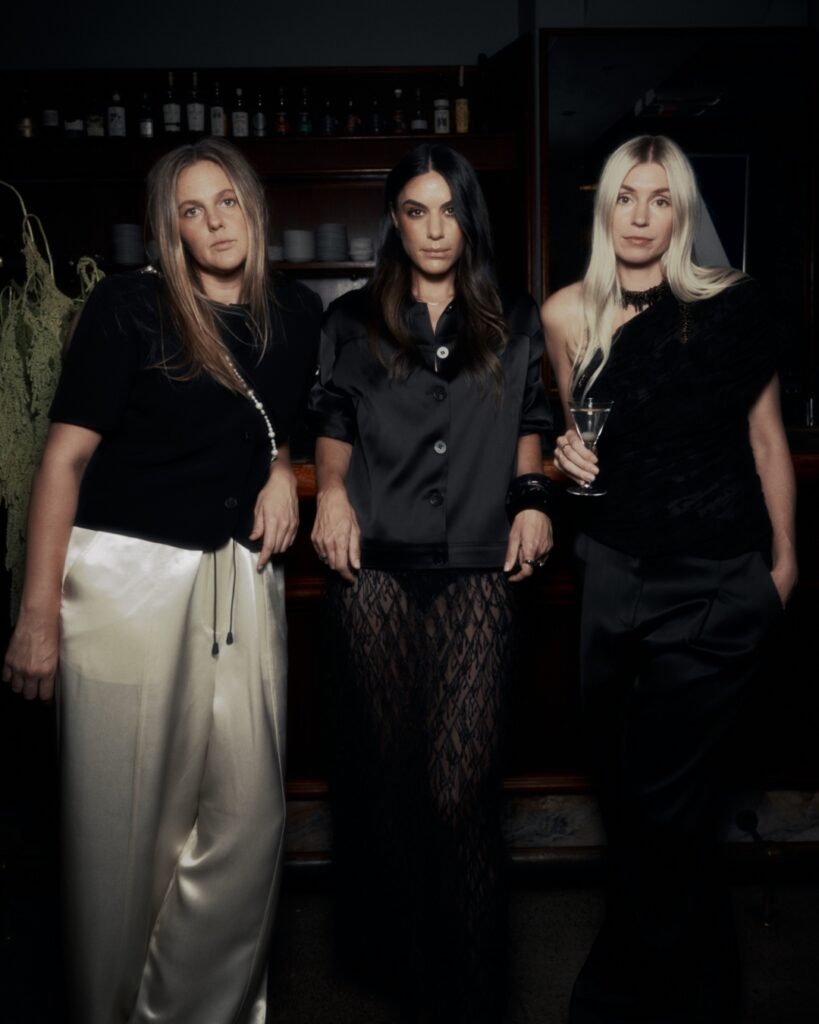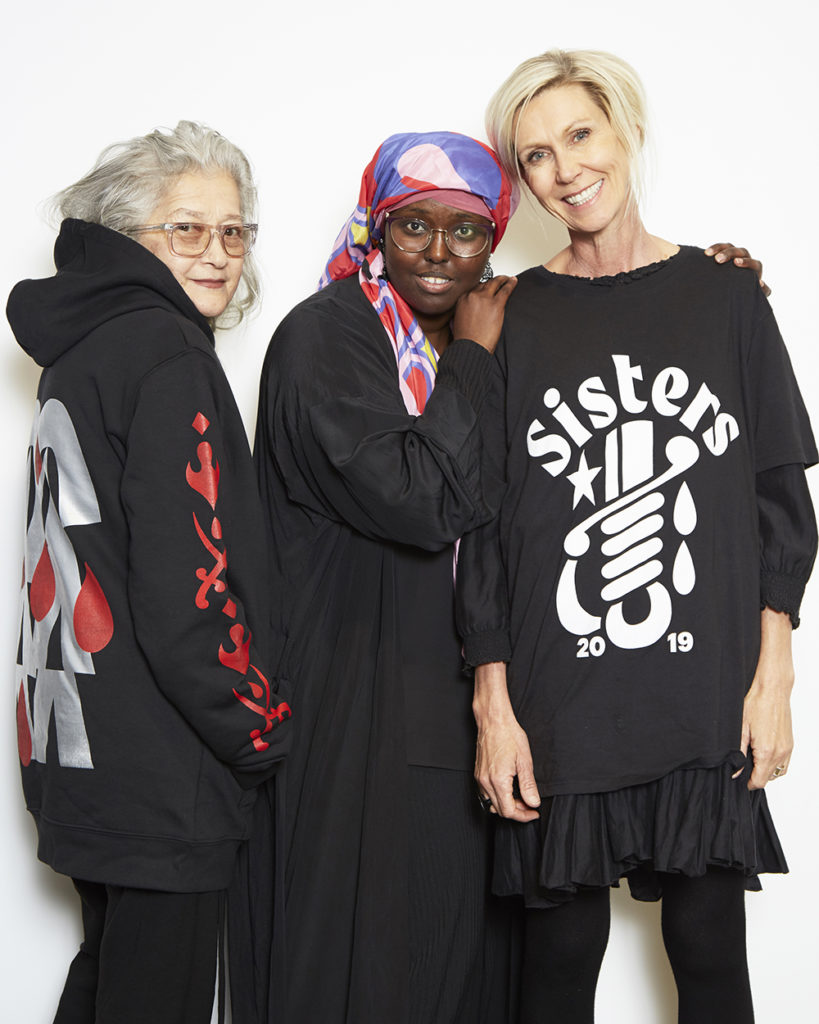
With the issue of female genital mutilation before parliament and Zambesi stocking Natalie B Coleman’s ‘Sisters’ collection to raise funds to combat the practice, we sat down with public health educator Ayan Said to discuss the nuances of FGM, its relevance in New Zealand, and the best way to realise change.
FGM is a complex issue and one that is receiving increasing attention. To understand the practice and its context within communities, we turned to an expert on the topic. Ayan Said (pictured above with Zambesi’s Elisabeth Findlay and Nikki Denholm, founder of The New Zealand FGM Education Programme) is an advisor for the aforementioned education programme, and she walked us through this complex issue – explaining the practice, the methods to create change, and the importance of Zambesi’s support of Natalie B Coleman’s collection.
Legislation around the practice has been in the local news recently. A cross-party group of female MPs have joined forces to bring New Zealand’s laws around female genital mutilation (FGM) in line with international best practice. National’s Jo Hayes, Labour’s Priyanca Radhakrishnan, Golriz Ghahraman from the Greens, and Jenny Marcroft from NZ First have created a joint Member’s Bill to outlaw FGM in all circumstances.
The local fashion industry has also now joined the push to combat this practice, with Zambesi announcing that they will be stocking Irish designer Natalie B Coleman’s ‘Sisters’ collection to raise awareness of the issue of FGM. Created in collaboration with the United Nations Population Fund (UNFPA), the collection aims to raise funds and awareness, and its range of scarves and t-shirts will be available at selected Zambesi stores.
Ayan says this collection is one of the first of its kind when it comes to fashion acknowledging the issue of FGM. “I think it’s amazing,” she says. “We haven’t seen anything like this internationally.”
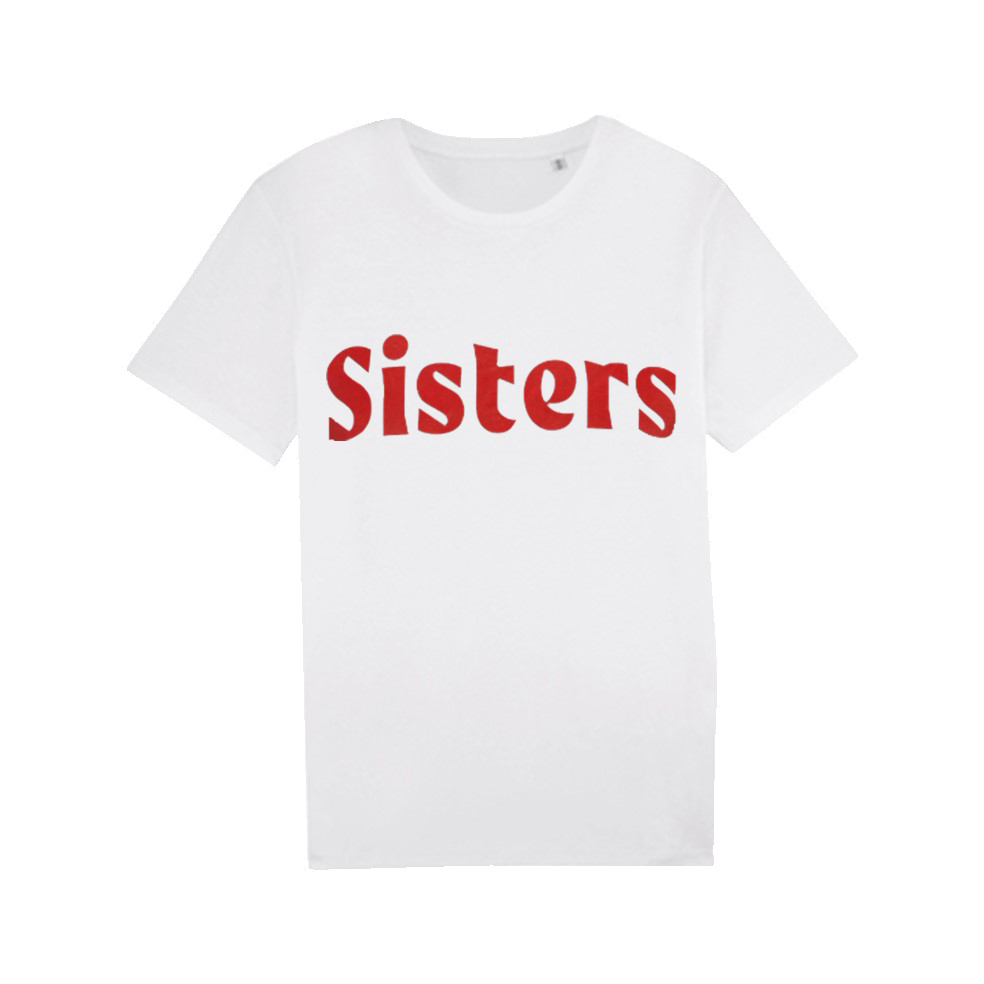
“The collaboration fits under the concept of sisterhood,” she explains, adding that it goes beyond just FGM. “It’s a step in the right direction, in terms of FGM sitting within the bigger picture of reproductive health rights.”
“I think the collaboration sitting in that framework is important because even though we talk about how advanced the world has become in the last 25 years, abortion is still considered illegal here. There are all these reproductive health issues that we are facing and it’s crazy to think that period poverty exists in a place like New Zealand.”
10 percent of the proceeds will be donated to the UNFPA by Natalie, while 10 percent of Zambesi’s proceeds will be donated to NZ Female Genital Mutilation Education Programme.
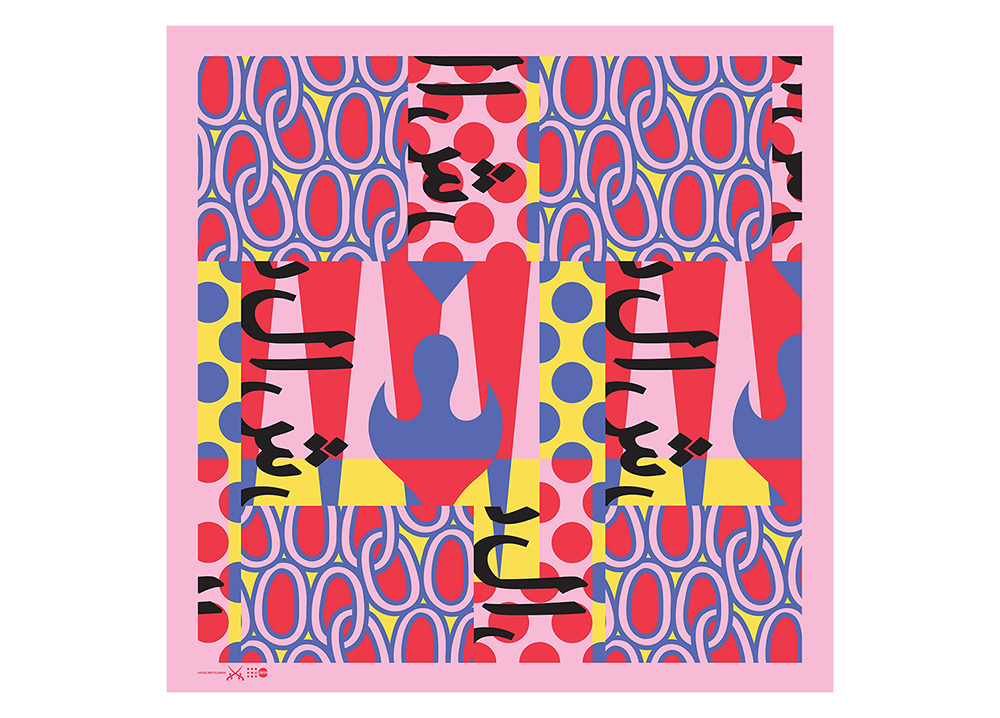
Ayan began pursuing the issue of FGM in 2008; her mother, a nurse, was working with a study into FGM in New Zealand providing a link with communities – a follow up to the country’s first study in 1997. “That was initially when that first wave of immigrants [and refugees] had come to New Zealand from countries where FGM was practiced,” Ayan explains.
She brought Ayan with her to one of the ethics meetings with the research council, and it was the first time Ayan learned of FGM. “I had never heard of female circumcision,” she says. “I come from a community where 98 percent of women have undergone the practice. And I’ve been fortunate enough that my parents had the courage to say no.”
What followed was years of research, discussions with community groups, and training to be an educator. Raising awareness about FGM became Ayan’s driving force. Her master’s thesis focused solely on FGM. “I looked at capturing women’s stories of their own journeys, and how they felt about access to health in a New Zealand context.”
“[I also looked at] the solutions around moving forward, whether it’s reflecting on what we’re doing in New Zealand or expanding it out to where they’re from.” She acknowledges the complex background of the issue in New Zealand. “A lot of the communities that I interviewed for that study were from a refugee perspective; they have resettlement traumas, they’ve experienced marginalisation. They’ve had all these issues and FGM wasn’t at the top of anyone’s priority list.”
The dialogues around the issue were gradual and required sensitivity. “It took a very long time to get to a point of unpacking what FGM truly means for communities that practice it.”
She currently works in health promotion while working on her PhD, and is the citizen advisor to the FGM programme. “I support communities in coming up with their own plans in terms of implementing education programs.”
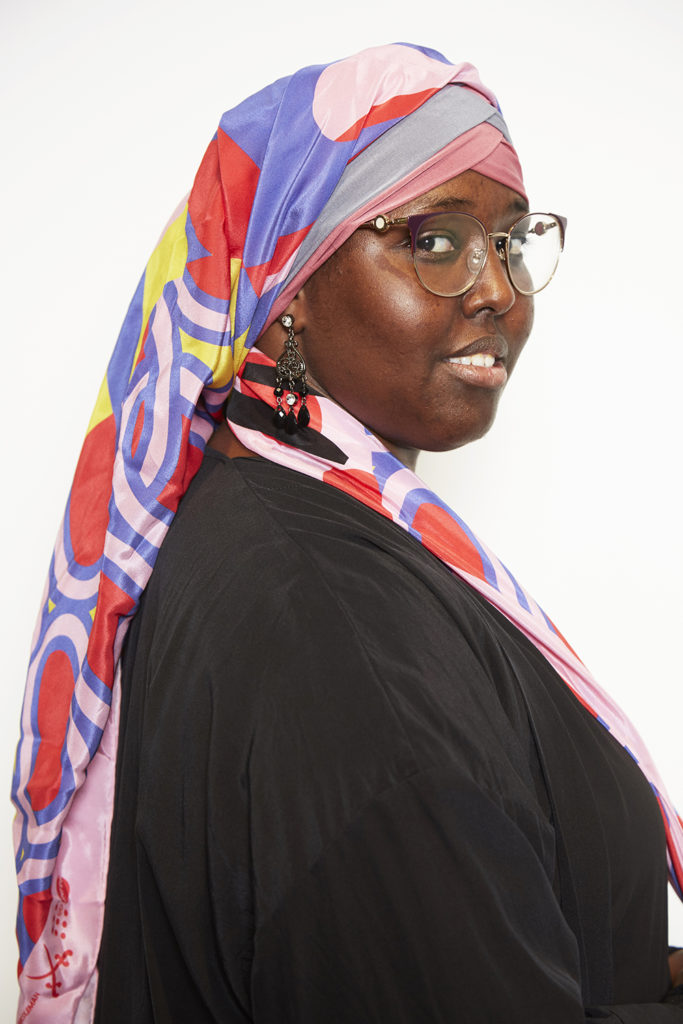
Ayan also explains the importance of acknowledging the lens through which this issue has historically been viewed. “All the coverage around FGM has been done from a very Western perspective,” she points out. “It doesn’t allow for an effective representation of the community.”
“That’s what drove me to do my master’s thesis on the issue; I was reading a lot of the research that was being done here and abroad, and it was primarily a very Western driven narrative,” she reveals, saying that FGM was sensationalised and deemed as savage, which further marginalised the communities that practice it.
While there is no proof that FGM is being practiced in New Zealand, there are women in migrant communities who have undergone it overseas. With the awareness of FGM growing, we asked Ayan to break down the practice for us.
“The definition of the procedure is the partial or total removal of the external genitals, for nonmedical reasons,” she explains, adding that it usually happens between the age of one and 16 – although in some communities the procedure happens just before marriage.
It’s important to remember that FGM is a catch-all term. “It takes into account all the practices that happen across the world,” she says. “It is really quite varied – even within countries people would vary in terms of what types [of FGM] they get.”
There are different classifications of FGM and variance in forms of the procedure, and it can cause psychological trauma, affect sex, childbirth, and lead to vaginismus and urinary tract infections. “The health outcomes are quite bad for women who undergo the more severe types.”
FGM is traditionally a female-led practice. “All of FGM is by women for women,” she says. She’s never encountered a community where it was driven by men – although acknowledges that men can be the reason why it is performed.
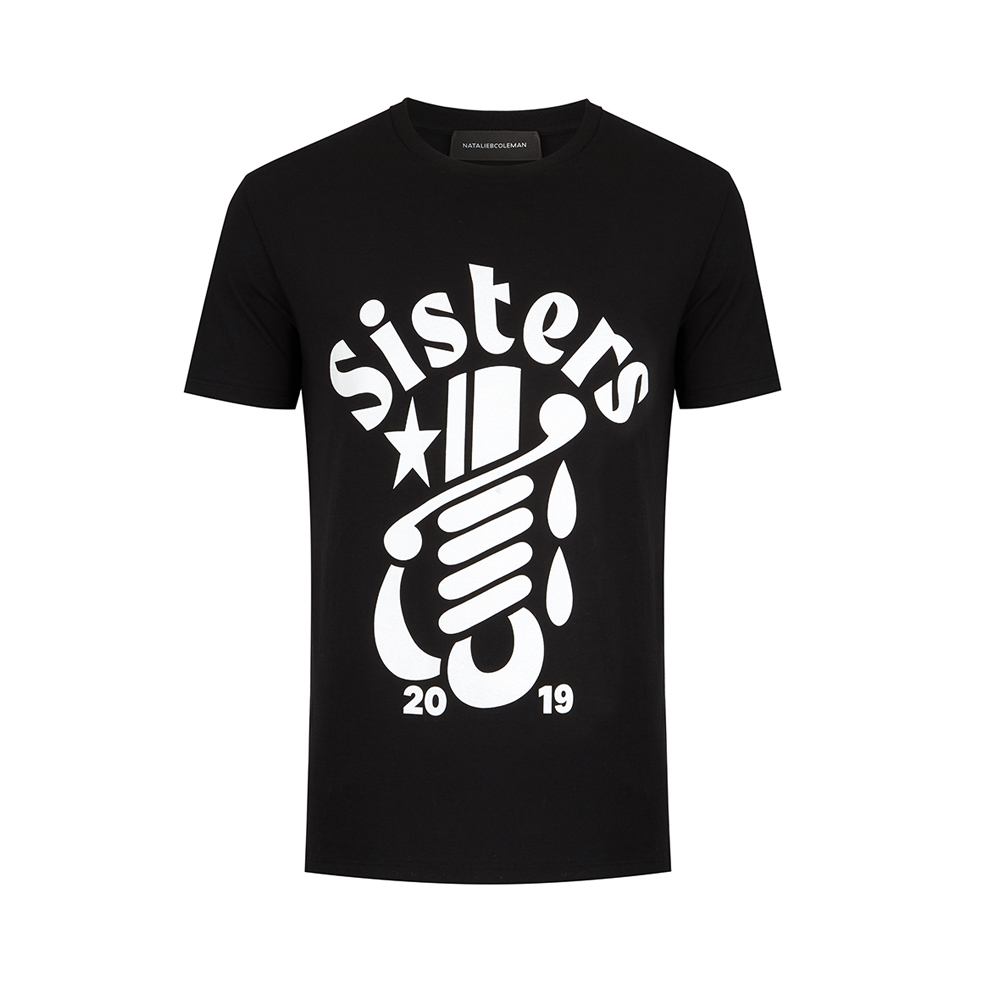
The motivating factors and traditions behind the procedure vary, but Ayan says it is often linked to purity. “For a lot of the communities that practice FGM, virginity and circumcision go hand in hand.”
The practice also has a protective function tied to social currency: giving women value, meaning they can get married and have access to land and security. “[In these communities] the actual benefits of FGM outweigh the long-term harm,” Ayan explains, adding that girls who don’t undergo the procedure are disadvantaged in some communities. “You won’t be able to cook [because you’re considered unclean], you won’t be able to get married, you won’t have access to land.”
There’s also the risk of being ostracised and judged. “When you live in a society where it’s normalized and everyone gets it done, then not getting it done is bringing shame to your family.”
Social pressure keeps the practice alive too, she says. “It’s like you’re going against the culture itself, which can make it very difficult for people to live in those societies.”
At the heart of the issue is the concept of consent. “What the fight for eliminating FGM really is, it’s about taking the choice and control out of other people’s hands.” She explains that age plays a huge factor. “In the context of a child, in most cases – not all cases, but in most cases – the informed consent part of that process is missing.”
Ayan acknowledges that the motivations behind the practice are well-meaning. “It comes from a place of love and I understand it for that, but it also has significant health consequences for people.”
It can also be a socially positive experience for women. “You get treated specially,” she says. For many communities the procedure is a time for celebration. “You might do like a family get together, and in parts of West Africa it’s a whole village celebration.” Although for some it is more quietly practiced. “There are cultures where there is no conversation about it. It just happens and that’s it.”
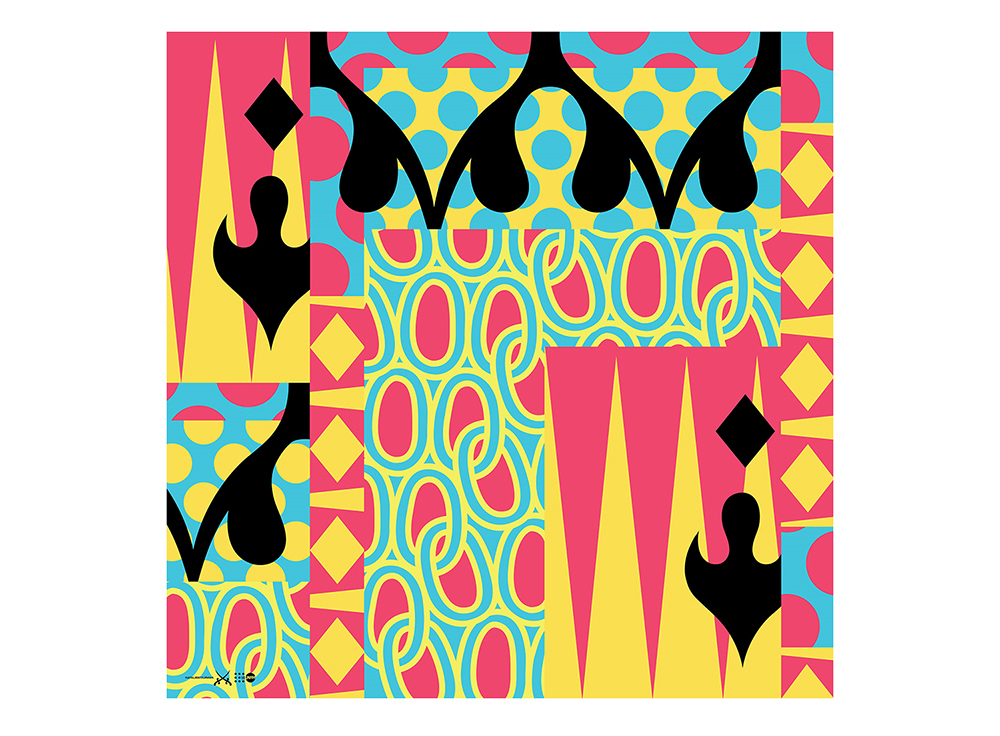
When looking at FGM as a feminist topic, it’s important to acknowledge the intersectionality of the issue, and the historical lack of dialogue around women’s health. “The concept of feminism has been around for decades now, but it’s only been in the last 25 years that we’ve been able to define what sexual and reproductive health rights mean for women,” she says, adding that the definition of reproductive health was launched at the International Conference for the Development of Population (ICPD).
“I think we’re still in that infant stage of really unpacking what that means and recognizing that not everyone is afforded the same liberties and rights as we have here.”
There has however already been community-driven initiatives realised in some places. “You have great examples of social change in some parts, like in Kenya with whole tribes deciding not to circumcise girls – but they will slaughter a cow in that place.”
Although many NGOs and initiatives are trying to combat FGM, Ayan cautions against how this work is carried out. “It cannot be an issue that is driven by agencies,” she explains. “Agencies need to be walking alongside communities and creating and empowering them to come up with their own solution. That’s the way forward.”
She also warns that legislation on its own is not the answer. “17 or 18 countries in Africa have banned the practice, but that doesn’t mean the practice no longer exists in those places.”
This year’s ICPD in Nairobi, Kenya coincides with the launch of Sisters at Zambesi, adding particular significance to the collection.
As far as what’s next for reducing the practice of FGM, Ayan believes education and community dialogue are vital. “The power needs to be handed over to communities. I think that’s where the greatest shift in behaviour is going to occur if we want to see transformative change,” she explains. “The elimination of FGM needs to come from within communities and they need to be to come up with their own solutions.”
For FGM to be addressed and phased out, the action needs to centre around ownership, knowledge, and dialogue. “There needs to be robust education around FGM, helping communities come to a space where they’re able to make the changes required for the elimination of the practice.”
‘Sisters’ by Natalie B Coleman is available exclusively from Zambesi’s Ponsonby, Parnell and Wellington stores.



